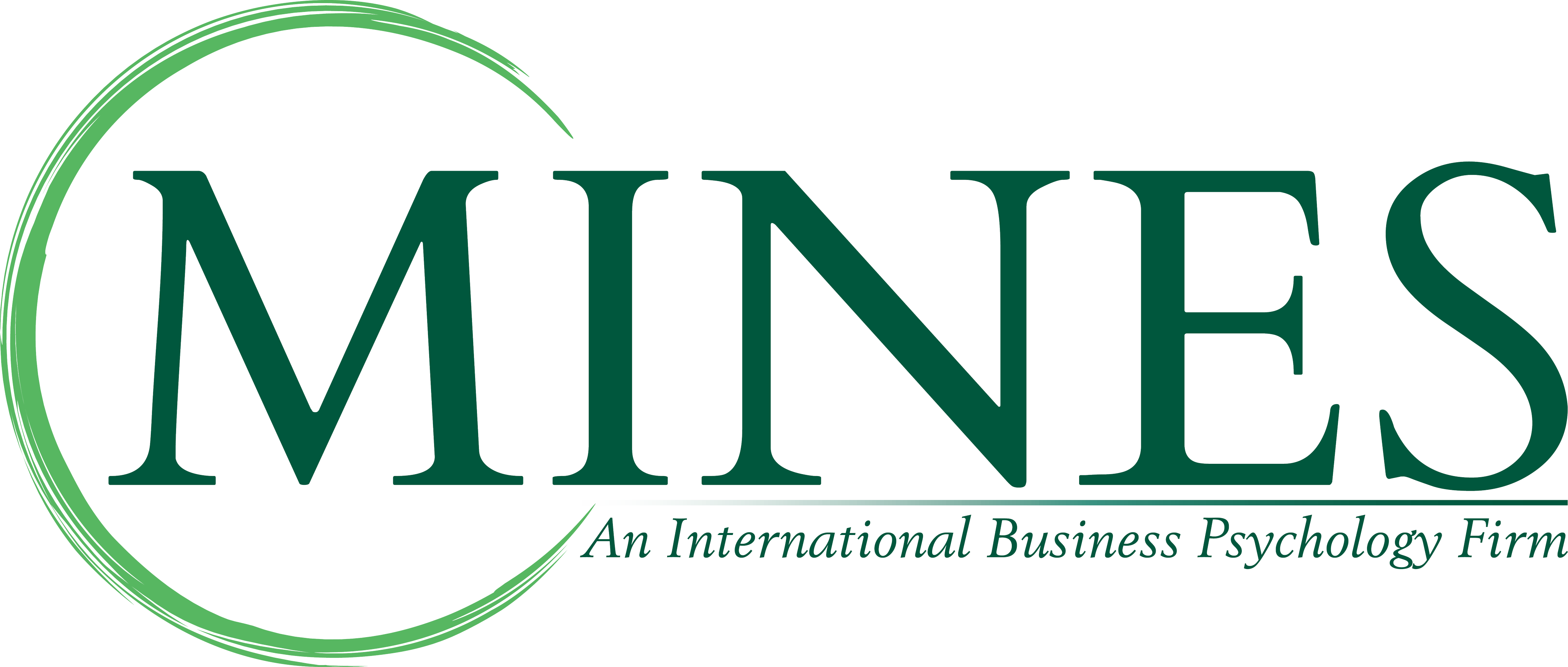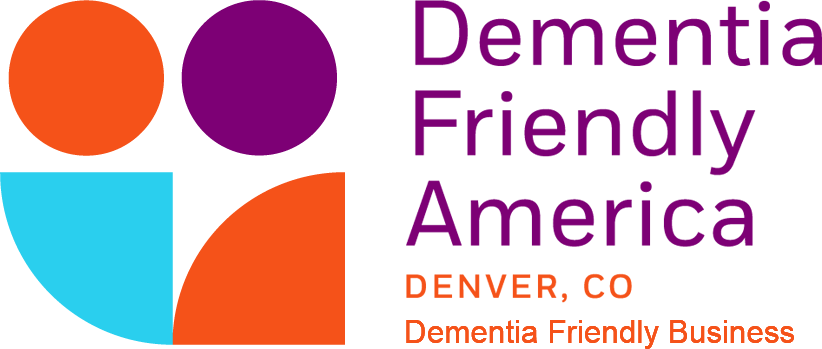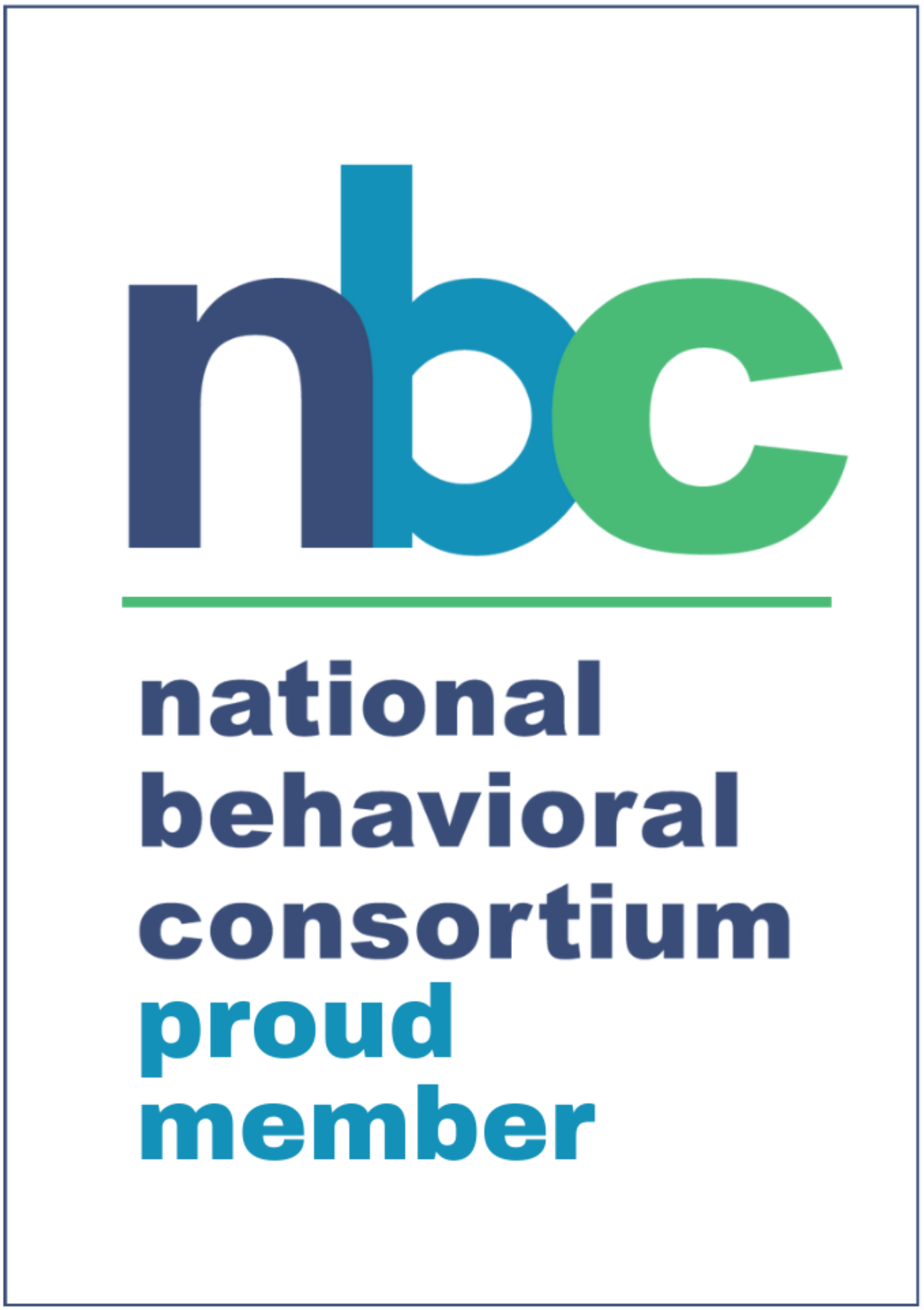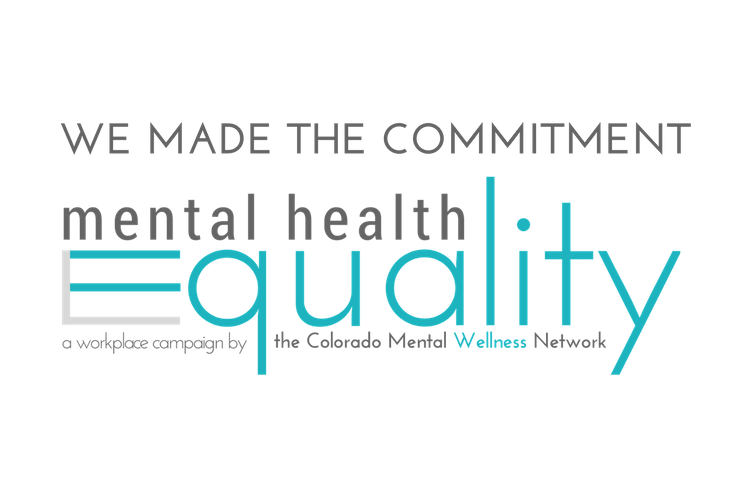We provide wellness sessions for a number of our clients, integrating the wellness component into the overall Employee Assistance Program (EAP). To recap what MINES considers an EAP to be:
- An employee benefit: Free-to-the-client counseling or coaching sessions for the employee and their household members on topics ranging from workplace to personal issues.
- A management benefit: Supervisor / Manager training, work-performance referrals, and management consultations that help management work more effectively. (For some of our clients, this is like adding a part-time HR assistant!)
- A work/life component: Including access to an online behavioral health portal with articles on all aspects of work/life balance, concierge referral services for help in finding and accessing resources like college planning, legal and financial coaching, and trainings related to interpersonal, stress, and other wellbeing topics.
This layering of benefits is more robust than a typical “embedded” EAP that is offered as part of a health plan. These do not usually provide heavy promotion and oftentimes do not extend to the many management benefits that MINES includes in our EAP.
But a few months ago we were preparing for a presentation of this more integrated model and discussing the unique selling proposition of this program and how we wanted to position it in juxtaposition to our other Employee Assistance offerings. When we charted out the program, we found that we had two very large changes that were being considered under this new program proposal: 1, we were looking at a more holistic approach to the health of the employee that honed in on outcome-focused behavioral change, rather than just incentivizing program participation (meaning that we were giving employees the opportunity to affect many dimensions of their health from the emotional to the physical to the financial and occupational); and 2, we were offering a way for management to interact with their employees in a way that was much more integrated than many wellness programs typically do.
By creating an offering that was integrated into the social fabric of the company, rather than simply proposing a commoditized offering, we uncovered a significant change in the way that we wanted to present this program. We changed the program from an EAP with a wellness component to an Organizational Wellbeing System.
To distinguish these two terms from one another, and why we thought we needed to change our language for the proposal: wellbeing is differentiated from wellness, as defined by Merriam-Webster, by the former term’s incorporation of total prosperity. Prosperity, we thought, had the added quality of openness to more dimensions than wellness had available to it.
We believe that this difference is significant, especially when considering the future of healthcare in the United States. Regardless of what the Supreme Court decides about the legality of the Affordable Care Act, there are changes coming in the landscape of health and we at MINES believe that we are moving in the direction of a more integrated, network-based HEALTHcare as opposed to single person SICKcare. As we’ve mentioned in some of our other postings recently (PPACA Roundup: Part II, Community is the Key to health, Halo effects and Link Influence), the brief therapy model has significant implications for treatment adherence in more than just substance abuse and mental health issues and we’re prepared for a more involved role with the whole wellbeing of the individual, their social network(s), and the population as a whole.
To our health,
Ryan
Marketing







Leave A Comment